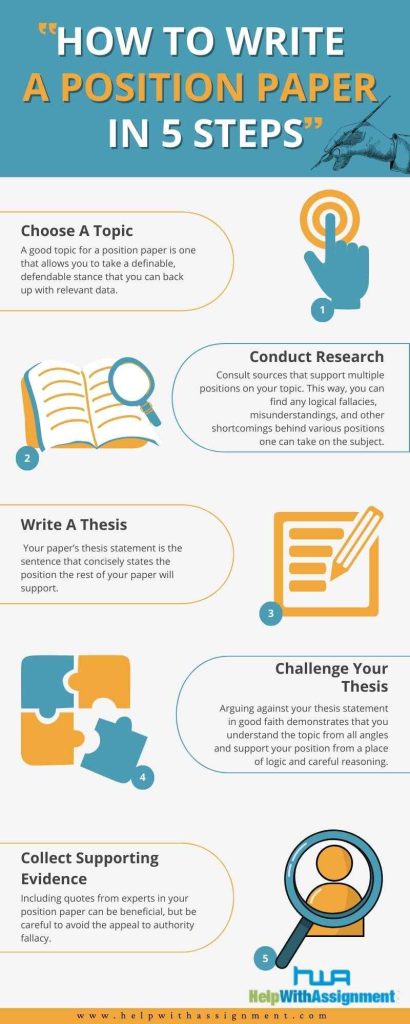- Home
- About Us
- Services
- Online Assignment Help
- Auditing Assignment Help Service
- Nursing Assignment Help
- Excel Assignment Help
- Advanced Economics Homework Help
- XML Assignment Help
- Strategic Management Assignment Help
- Logarithm Assignment Help
- Probability Assignment Help
- Matrices Assignment Help
- Commercial Bank Management
- Thesis Proposal Help
- Corporate Strategy
- Electrical Engineering
- Civil engineering
- Mechanical Engineering
- Electronics Engineering
- Financial Plan Development
- Research Paper
- Political Science Assignment Help
- Operations Management Assignment Help
- Computer Vision Assignment Help
- Commercial Bank Management
- IT Security Assignment Help
- College Essay Help
- Term Paper Help
- Medical Science Assignment Help
- Nursing Thesis Writing Help
- Religion
- Thesis Help
- Supply Chain Management Assignment Help
- Australia Assignment Help
- Cause and Effect Essay
- International Finance Assignment Help
- Statistics Assignment Help
- Computer Science
- Information Technology
- Bioinformatics Assignment Help
- Biostatistics Assignment Help
- Excel Assignment Help
- Taxation
- Research Proposal Help
- SAASU Assignment Help
- Auditing Assignment Help Service
- Workplace Learning in Finance
- Dissertation & Homework Help
- Custom Essay Writing Help
- Online Assignment Help
- Reviews
- Tutors
A position paper is a written document that presents an individual or group’s stance or viewpoint on a particular issue or topic. It is typically used in academic, political, or professional settings to express a clear, well-reasoned perspective. Here’s a detailed explanation of what a position paper is and tips on how to write an effective one:
Understanding a Position Paper:
- Clear Standpoint: The core purpose of a position paper is to clearly outline your position or viewpoint on a specific issue. This stance should be well-defined and easy to identify.
- Evidence-Based: A strong position paper is built on credible evidence and sound reasoning. It’s not merely an expression of opinion but a well-supported argument.
- Engages with Counterarguments: While advocating for your stance, a good position paper acknowledges and addresses counterarguments. This demonstrates a well-rounded understanding of the issue.
- Structured Format: Position papers typically follow a structured format, which includes an introduction, background information, your position statement, supporting evidence, counterarguments, and a conclusion.
- Audience Awareness: Consider your target audience when writing your position paper. Tailor your language and tone to suit the readers’ level of expertise and expectations.
Tips to Write a Position Paper:
- Choose a Specific Topic: Select a topic that is narrow and well-defined. This will allow you to focus your arguments and provide a comprehensive analysis.
- Research Thoroughly: Gather information from reliable sources, including academic journals, books, government reports, and reputable websites. Make sure to cite your sources properly.
- Craft a Strong Thesis Statement: Your thesis statement should be a clear and concise declaration of your position on the issue. It should be placed in the introduction.
- Provide Background Information: Offer background information about the issue to ensure your readers understand the context and significance. This section should be concise but informative.
- Present Your Arguments: In separate sections or paragraphs, present your main arguments and supporting evidence. Each argument should be well-supported with data, examples, and expert opinions.
- Address Counterarguments: Anticipate and address potential counterarguments. This demonstrates your ability to engage in critical thinking and strengthens your position.
- Maintain Clarity and Conciseness: Write clearly and concisely. Avoid jargon and overly complex language. Use transitions to guide readers through your paper.
- Organize Logically: Structure your paper in a logical sequence. Typically, it starts with an introduction, followed by background, your position, supporting arguments, counterarguments, and a conclusion.
- Cite Sources Properly: Use a consistent citation style (e.g., APA, MLA) to reference your sources. Proper citations enhance the credibility of your paper.
- Edit and Proofread: After completing your first draft, carefully edit and proofread your paper for grammar, spelling, and coherence. If possible, seek feedback from peers or mentors.
- Stay Neutral and Objective: Maintain an objective tone in your writing. Avoid emotional language or personal biases. Present facts and evidence in an impartial manner.
- Craft a Strong Conclusion: Summarize your main points and restate your position in the conclusion. Leave the reader with a lasting impression of your argument.
- Revise and Refine: Writing a strong position paper often involves multiple drafts. Revise and refine your paper to ensure it is well-structured and cohesive.
- Consider the Audience: Keep your target audience in mind. Ensure your paper is accessible and engaging for the readers you are addressing.
- Practice Persuasion: Ultimately, a position paper aims to persuade your readers. Use persuasive techniques and rhetoric to make your argument compelling.
Writing a position paper is a skill that can be valuable in academic, professional, and advocacy settings. By following these tips and understanding the key elements of a position paper, you can craft a persuasive and well-reasoned document that effectively communicates your stance on a specific issue.
To take advantage of our reliable research paper writing service, simply fill out the order form with your requirements. HwA will deliver a well-researched academic paper tailored to your specifications at a fair price while ensuring timely delivery. Our service is known for providing top-scoring, plagiarism-free research papers. Additionally, we offer unlimited revisions and 24/7 customer support as part of our commitment to quality.
So, don’t hesitate—place your order today and receive expert academic assistance instantly!






